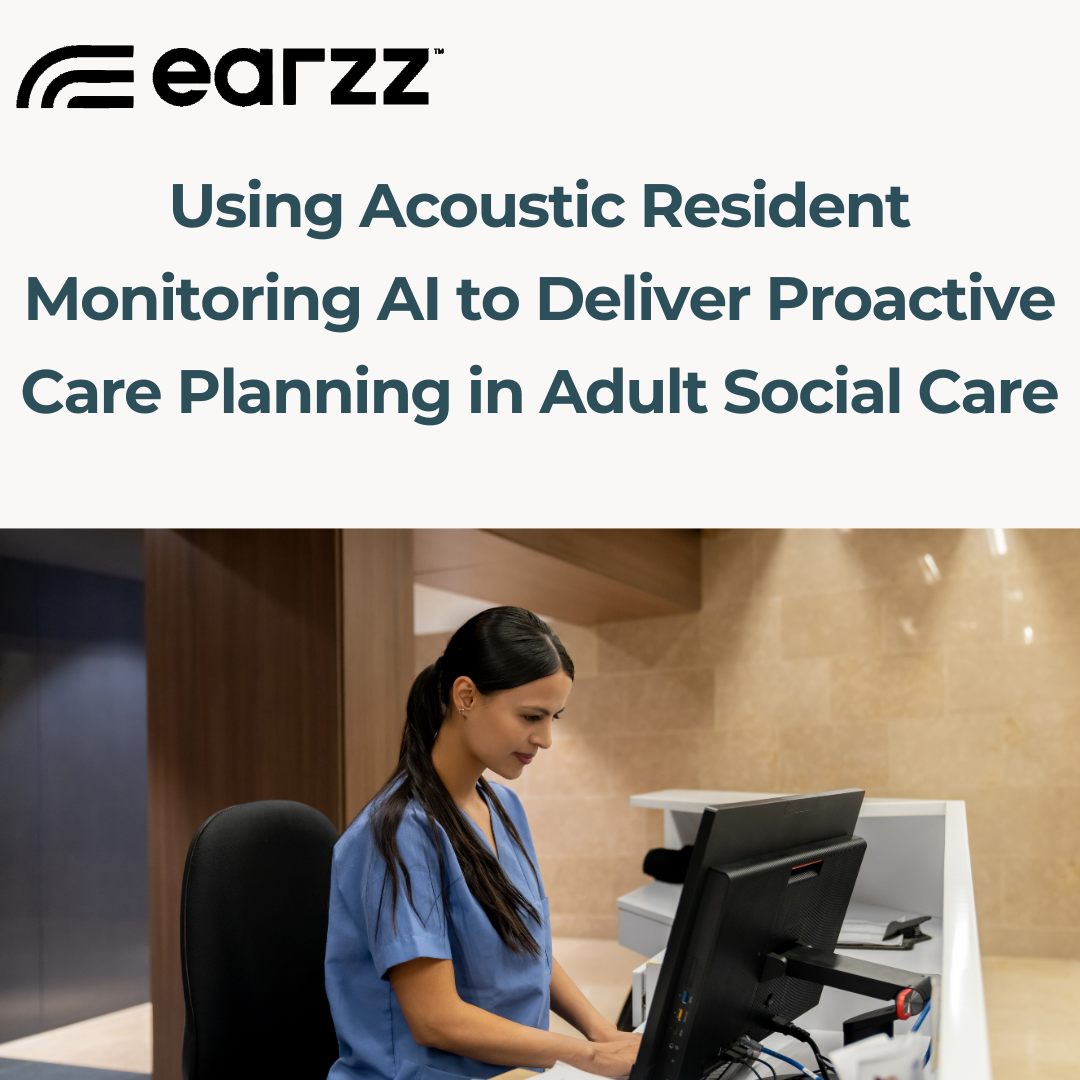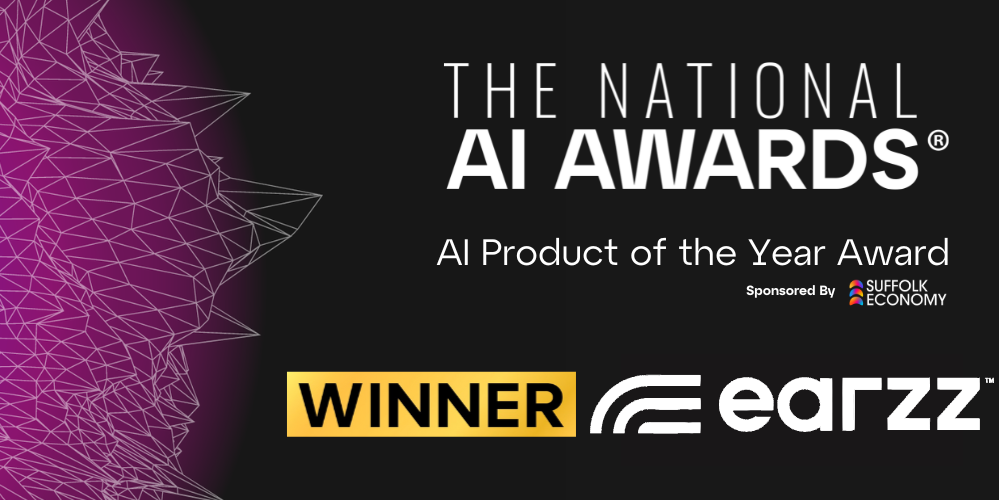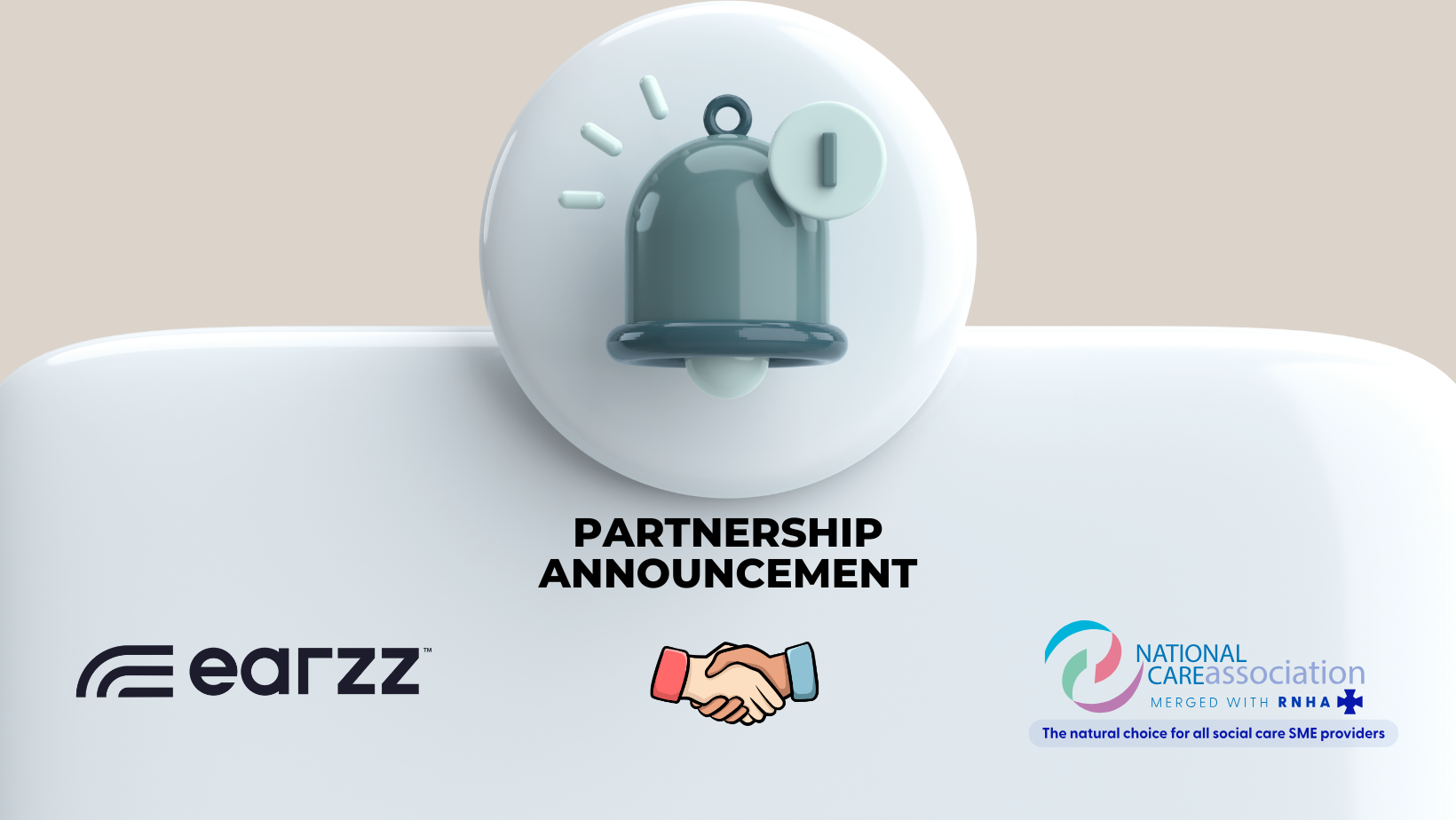
Using Acoustic Resident Monitoring AI to Deliver Proactive Care Planning in Adult Social Care


Let's face it – care homes are busier than ever. Staff are rushed off their feet, paperwork keeps piling up, and somehow, residents still need the personalised care they deserve. It's a tough balance to strike.
That's where AI-powered acoustic resident monitoring technology is making a real difference. This smart tech is helping care staff stay one step ahead of problems without adding to their workload.
The Daily Struggle in Care Homes
If you've stepped inside a care home recently, you'll know the score:
- Staff are racing between rooms, trying to be everywhere at once
- Mountains of paperwork are eating into hands-on care time
- The constant worry about residents who might fall or become distressed
- Trying to keep an eye on everyone without invading their privacy
The old ways of checking on residents every 2 hours or hourly at night just aren't cutting it anymore.
What's This Acoustic Monitoring All About?
Think of acoustic monitoring as an extra pair of ears that never gets tired. It's simple, AI-powered microphones in residents' rooms listen for sounds that might mean trouble:
- Someone screaming or shouting when in distress and calling out for help
- Thud of a fall
- Coughing fits or breathing troubles
- Restless movements or distress at night
But here's the important bit: it's not recording conversations or eavesdropping. The system only picks up on specific sounds that need attention, then proactively alerts carers on their existing care planning mobile devices.
Why Old-School Monitoring Just Doesn't Work
We've all seen the problems with traditional monitoring:
CCTV Cameras
Nobody wants to be on camera 24/7, would you? It's uncomfortable, especially for residents who may already feel like they've lost some independence. Plus, someone still has to watch all that footage!
Wearable Gadgets
These sound great in theory, but try getting your granddad to wear a special bracelet all day and night. They get forgotten, batteries die, and many residents simply refuse to wear them. Can't say I blame them.
The biggest issue? Both these approaches only tell you when something has ALREADY gone wrong. That's too late.
How Sound-Smart Tech Makes Life Better for Everyone
Catching Problems Before They Happen
The clever bit about acoustic monitoring is how it starts to notice patterns:
- "Increased coughing observed in Room 5"
- "Increased activity detected in Room 7A"
- "Increased screaming/shouting observed in Room 32”
This means care home managers can make proactive, data-driven decisions that truly improve the quality of care for residents.
No Invasion of Privacy
No cameras are watching everything and anything. No awkward devices strapped to residents’ wrists. The system simply listens for sounds of concern, not conversations or private moments.
For residents with dementia who might find cameras frightening or confusing, this makes a world of difference.
Making Carers' Lives Easier, Not Harder
Ask any care worker, and they'll tell you the last thing they need is MORE technology to manage. That's why these systems are designed to blend into the background:
Smart Alerts That Make Sense
- The right alert goes to the right person at the right time
- No more false alarms, sending everyone into a panic
- Clear information about what's happening and where
Less Time Wasted on Unnecessary Checks
How many times have night staff tiptoed into rooms just to check residents are sleeping soundly? These routine checks:
- Wake people up when they were perfectly fine
- Leave residents feeling watched and unsettled
- Take staff away from where they might actually be needed
With acoustic resident monitoring, staff only need to go into rooms when something needs attention.
Supporting Personalised Care Plans
Insights from acoustic AI help shape resident care strategies by:
- Highlighting sleep disruptions
- Noting behavioural changes over time
- Monitoring carer response times to incidents
The result? More informed, personalised, and proactive care.
Empowering Care Teams with Smart Alerts
The system sends proactive early alerts via existing carer mobile devices. Features include:
- Specific event-based alerts
- Prioritisation of anomaly alerts
- Integration with existing digital social care records systems
Carers spend less time checking on "maybes" and more time delivering focused support.
Tackling the Fall Problem Head-On
Falls in care homes are a big problem. They can lead to hospital trips, loss of confidence, and serious health decline.
Faster Help When It Matters Most
With proactive early alerts for movement noise, carers will get alerted to residents moving in bed, before they even get up to step on a sensor mat (when present). Carers are now able to help residents when it matters most. In the event of an actual fall, every minute counts:
- The system picks up the “Thud” sound immediately
- Staff get an alert straight to their device
- Help arrives much sooner than with routine checks, which can take up to 2 hours.
Spotting Risks Before They Escalate
Over time, the system gets to know residents' habits:
- More bathroom trips might mean a UTI
- Increased nighttime movement could signal pain or confusion
- Repeated near-misses in certain locations help identify hazards
- Increased screaming or shouting might
Getting Started Without the Headache
If you're thinking about bringing acoustic monitoring into your care home, here's what works best:
Bring Everyone on Board
- Have honest chats with residents and families about how it works
- Make sure staff understand it's there to help, not spy
- Be clear about what happens when an alert sounds
What's Coming Next for Care Home Tech
This technology is just getting started. Soon we'll likely see:
- Systems that prompt care teams ahead of potential issues
- Even smarter sound recognition to spot health changes earlier
- More acceptance from care regulators and funding bodies
As staffing challenges continue to hit care homes, these helping hands (or ears!) will become even more valuable.
Bottom Line: Better Care Through Smart Listening
AI-powered acoustic resident monitoring offers something care homes desperately need: A way to keep residents safe without compromising their dignity or adding to staff workload.
By listening intelligently rather than watching constantly, these systems help deliver care that's:
- Improved responsiveness to real needs
- Focused on prevention rather than crisis
- Respectful of privacy and personal space
- Practical for busy care teams
In a sector that's under more pressure than ever, that's music to everyone's ears.
Want to see how acoustic monitoring could work in your care setting? Book your free demo today!



